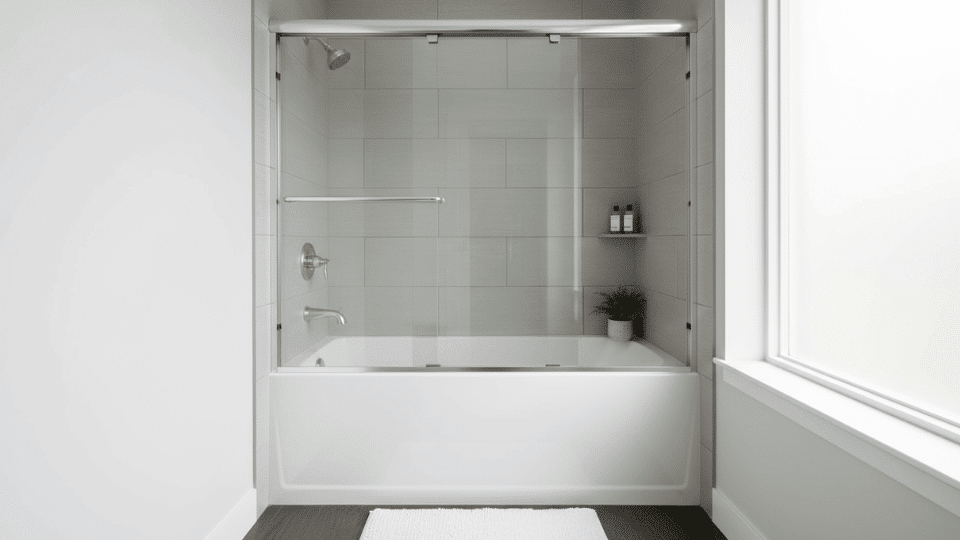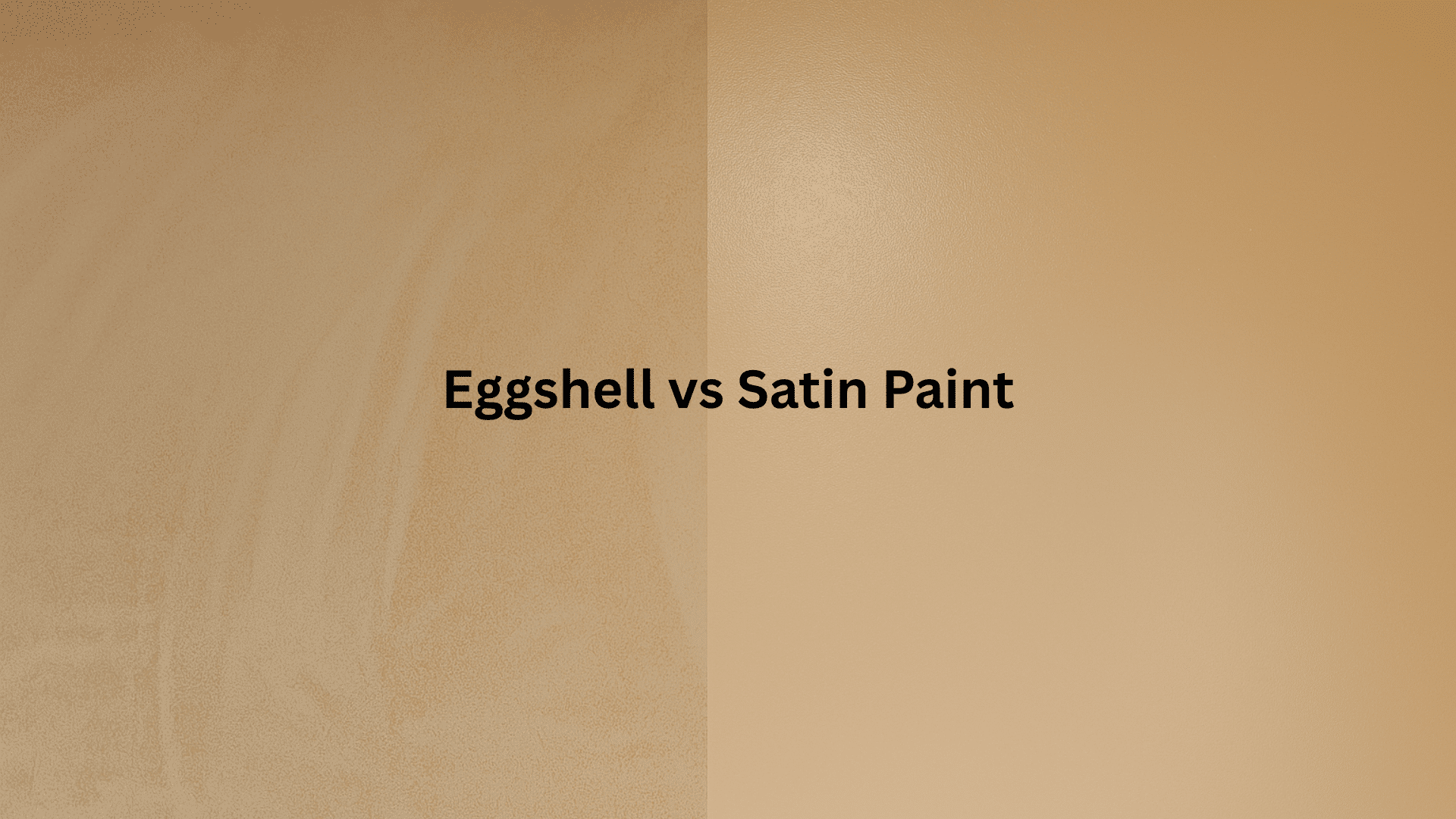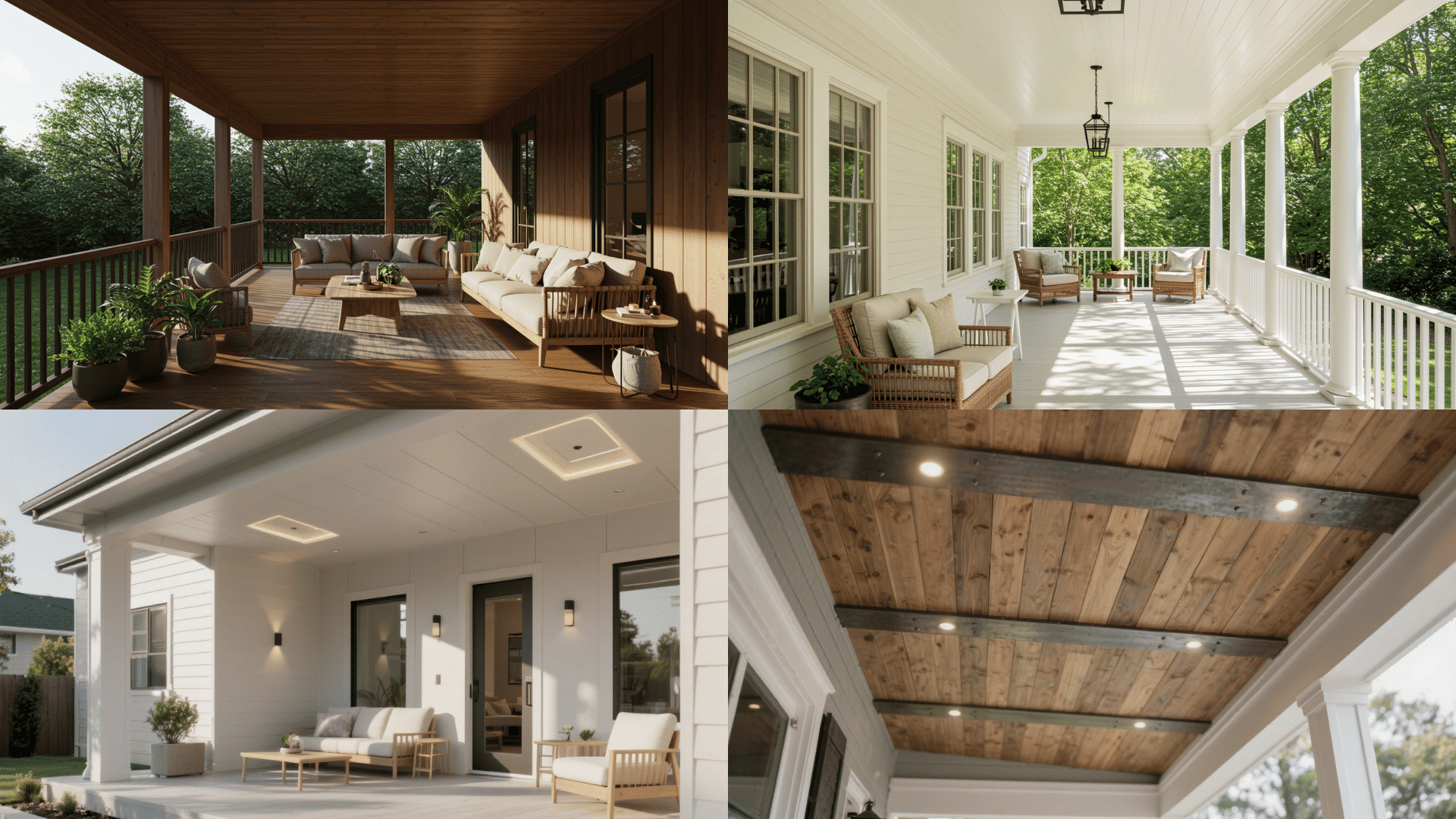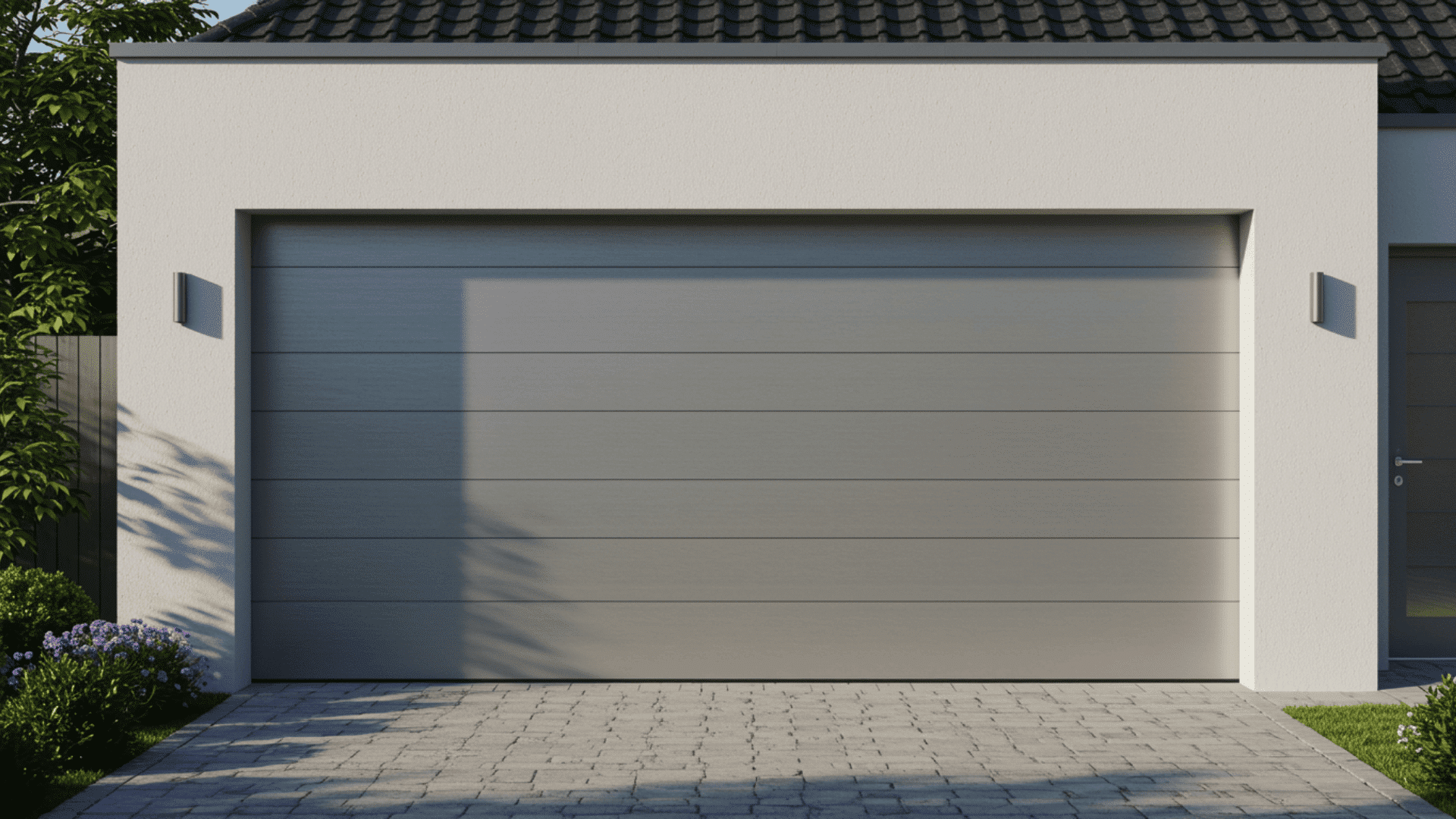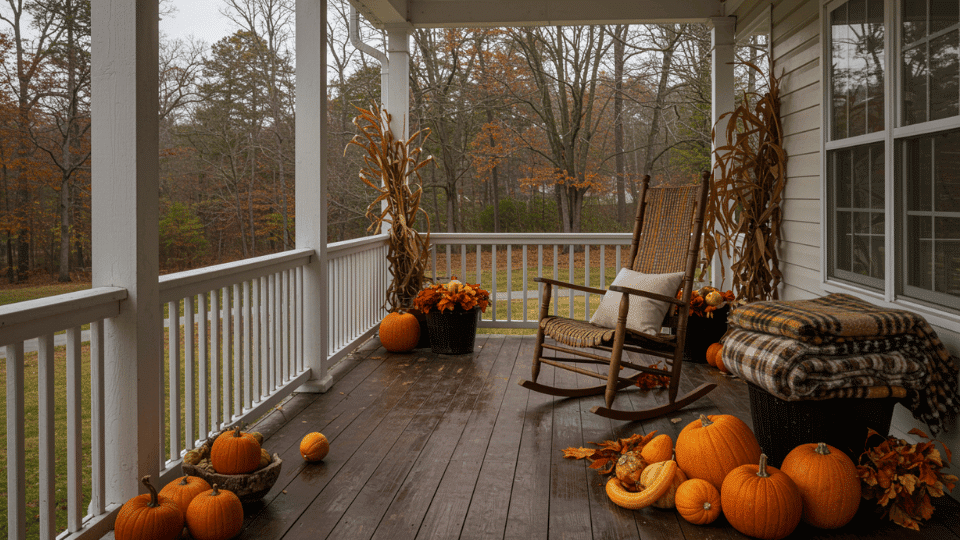I’ve spent years helping homeowners choose the perfect bathtub, and I can tell you it’s not a one-size-fits-all decision. The right tub depends on your bathroom size, budget, and how you like to relax.
From space-saving alcove tubs to luxurious freestanding designs, each style offers distinct advantages for different bathroom layouts and relaxation preferences.
Walk-in tubs provide safety features, while corner tubs maximize space in smaller bathrooms. Understanding these options helps you make a smart choice that perfectly matches your lifestyle and bathroom layout.
What to Consider Before Choosing a Bathtub?
Selecting the right bathtub type requires more than just appeal. Several practical factors determine which options work best for a specific space and household.
- Bathroom size and layout constraints: Measure available floor space, ceiling height, and doorway width to ensure the chosen tub fits comfortably without cramping the room.
- Structural support and floor load: Heavier materials, such as cast iron or stone resin, may require reinforced flooring, especially in older homes or upper-level bathrooms.
- Plumbing and drainage location: The placement of existing drains affects installation complexity and cost. Some types of bathtubs require relocating pipes or adding new supply lines.
- User needs and accessibility: Families with young children benefit from different features than those with elderly members or mobility concerns. Walk-in tubs, built-in seating, and grab bar compatibility matter here.
- Water heater capacity and fill time: Large soaking tubs demand more hot water. Standard 40-50-gallon heaters may struggle to fill oversized models completely.
- Maintenance, cleaning, and durability: Textured surfaces, jet systems, and porous materials require more upkeep than smooth, non-porous alternatives. Factor in long-term care when comparing options.
Popular Bathtub Styles
Bathtubs come in various styles to match different vibes, spaces, and comfort needs. From sleek modern tubs to classic clawfoot designs, each adds luxury and function to the bathroom.
1. Freestanding Bathtub

A standalone tub that doesn’t attach to walls, available in slipper, pedestal, and modern sculptural forms. These bathtub types serve as focal points with exposed plumbing and four-sided visibility.
- Best use: Master bathrooms, open layouts, luxury renovations where the tub becomes a centerpiece
- Design tip: Leave at least 6-12 inches of clearance on all sides for cleaning and visual breathing room
- Price: $1,000 to $10,000
2. Alcove Tub
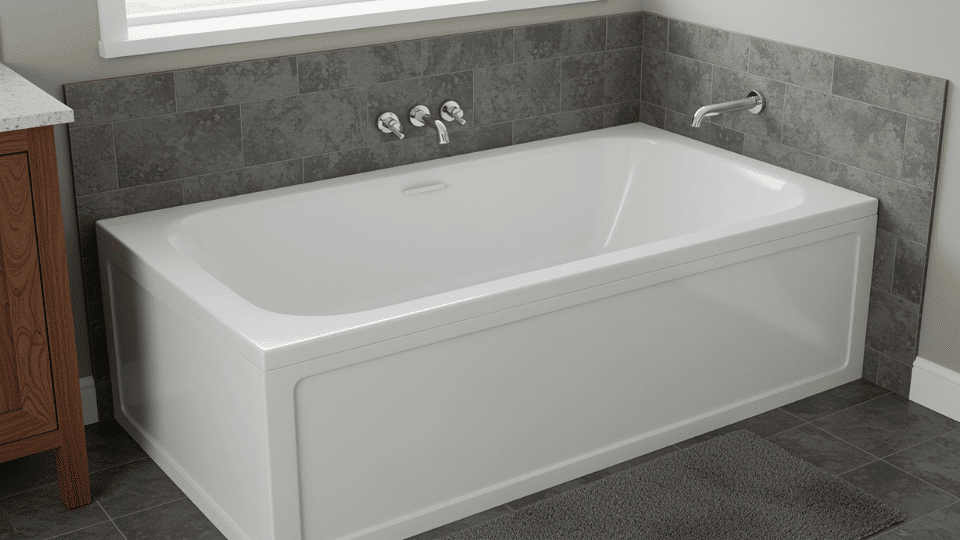
A standard three-wall installation where the tub fits snugly into an alcove or niche. This space-efficient design typically measures 60 inches long and works with shower combinations.
- Best use: Small bathrooms, budget-friendly renovations, tub-shower combos in family homes
- Design tip: Use vertical tile patterns on surrounding walls to create the illusion of height in tight spaces
- Price: $300 to $3,000
3. Drop-In Tub

A tub installed from above into a pre-built deck or platform structure with the rim resting on the surface. The deck conceals plumbing and can incorporate storage, shelving, or decorative tile work.
Customization options make these types of bathtubs popular for personalized bathroom designs.
- Best use: Custom bathroom designs, built-in looks, creating integrated storage around the bathing area
- Design tip: Match deck materials with vanity countertops or flooring for a cohesive, high-end appearance
- Price: $600 to $3,500
4. Undermount Tub
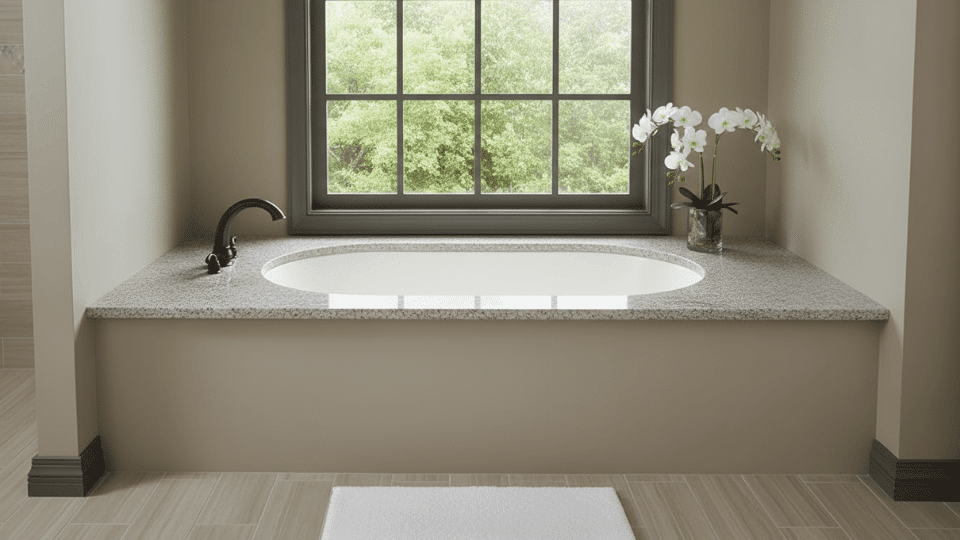
A tub mounted from below the deck surface with the rim sitting flush or slightly below the countertop edge. This creates clean, minimal lines without visible tub edges interrupting the deck surface.
- Best use: Contemporary bathrooms prioritizing calm, uninterrupted surfaces and minimalist design
- Design tip: Choose continuous deck materials like quartz or marble to emphasize the clean, uninterrupted lines
- Price: $400 to $3,500
5. Corner Tub

A triangular or rounded tub designed specifically to fit into bathroom corners, maximizing unused angular space. These types of bathtubs often feature extra depth or width while maintaining a compact footprint.
- Best use: Optimizing awkward corner spaces, smaller bathrooms needing soaking depth, adding visual interest
- Design tip: Install corner shelving or plant ledges above the tub to create a spa-like bathing sanctuary
- Price: $1,200 to $5,000
6. Clawfoot Tub
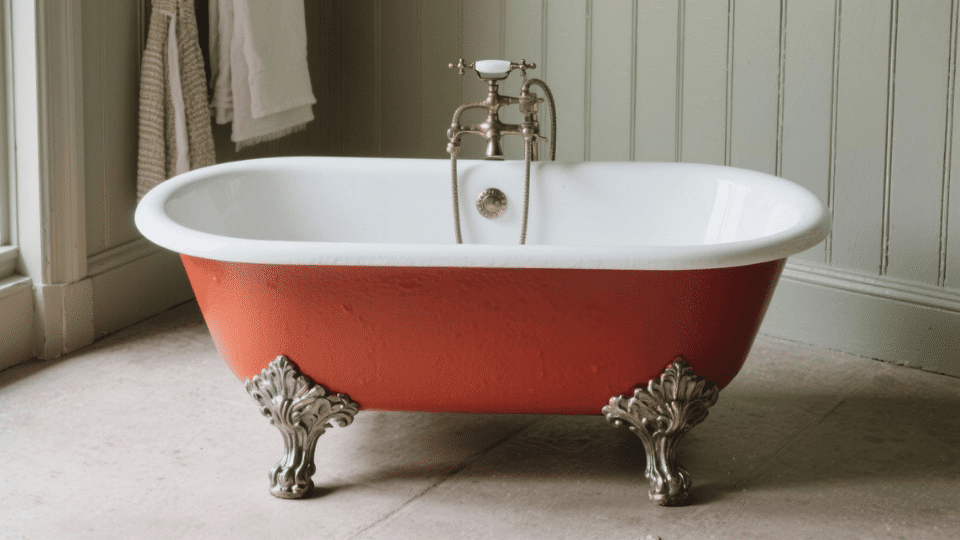
A classic freestanding tub elevated on decorative feet, typically featuring a rolled rim and vintage charm. Originally made from cast iron with a porcelain enamel finish, modern versions use lighter materials.
This iconic bathtub type brings period character and evergreen style
- Best use: Period homes, vintage or farmhouse appeal, creating dramatic statement pieces
- Design tip: Paint the exterior in bold colors or metallic finishes to personalize the look while keeping the interior classic white
- Price: $800 to $4,000
7. Deep Soak Tub

An extra-deep tub designed for full-body immersion, typically 17-24 inches deep compared to standard 14-inch depths. These types of bathtubs prioritize relaxation over quick bathing, with contours supporting extended soaks.
- Best use: Luxury bathrooms, wellness-focused spaces, creating spa-like relaxation experiences at home
- Design tip: Position near windows for natural light or add dimmable lighting and candle niches to increase relaxation ambiance
- Price: $400 to $4,000
8. Walk-In Tub

A tub featuring a watertight door that opens for easy entry, eliminating the need to step over high walls. Built-in seating, grab bars, and anti-slip surfaces increase safety for users with mobility limitations.
- Best use: Aging in place, seniors, individuals with limited mobility or balance concerns
- Design tip: Choose models with outward-opening doors to maximize interior space and prevent claustrophobic feelings
- Price: $1,500 to $25,000
9. Jetted Tub

A tub equipped with built-in water jets that circulate water for massage and hydrotherapy benefits. Internal pumps and plumbing systems power adjustable jets positioned at strategic body points.
- Best use: Therapeutic baths, luxury master bathrooms, soothing sore muscles and joints
- Design tip: Incorporate mood lighting, waterproof speakers, and aromatherapy dispensers to create a complete spa experience
- Price: $1,000 to $16,000
10. Japanese Soaking Tub (Ofuro)
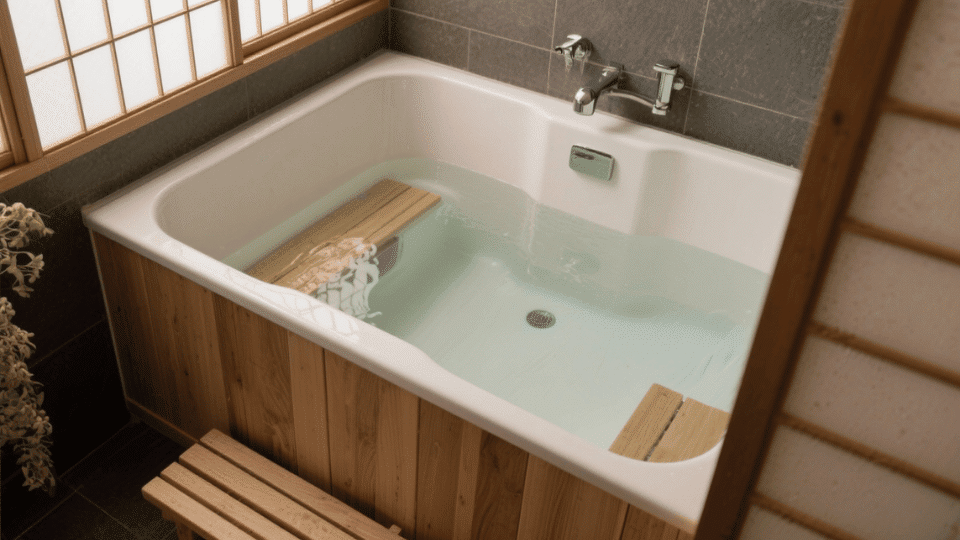
A deep, compact tub designed for upright seated bathing rather than reclining, typically 27-32 inches deep. Traditional Japanese bathing culture inspires this space-saving design that emphasizes full-body immersion.
- Best use: Compact spaces, spa-style vibe, small bathrooms where depth matters more than length
- Design tip: Pair with natural materials like bamboo, stone, and minimalist fixtures to honor traditional Japanese design principles
- Price: $4,000 to $6,000.
11. Built-Into-the-Floor Tub

A tub installed level with or below the bathroom floor, often sunken into a recessed pit or platform. The rim sits flush with the floor surface, creating a seamless transition and a minimal visual profile.
- Best use: Modern luxury designs, minimal visual profiles, creating resort-style bathroom experiences
- Design tip: Surround with large-format tiles or continuous flooring to emphasize the seamless, open-concept style.
- Price: $3,000 to $26,000.
Materials and Construction Options
The material choice directly impacts how a tub performs, how long it lasts, and how it’s installed and maintained. Each bathtub material offers unique advantages in terms of heat retention, weight, and durability.
1. Common Bathtub Materials
When choosing a bathtub, factors like heat retention, weight, and durability play a major role in determining both comfort and longevity. Different materials offer varying levels of warmth, sturdiness, and ease of installation.
| Material | Heat Retention | Weight | Durability |
|---|---|---|---|
| Acrylic | Good | 60-100 lbs | High – resists chips and cracks |
| Fiberglass | Poor | 50-70 lbs | Low – prone to scratches and flexing |
| Cast Iron | Excellent | 300-500 lbs | Excellent – lasts decades |
| Enameled Steel | Fair | 75-150 lbs | Good – can chip if struck |
| Solid Surface | Good | 100-200 lbs | High-repairable scratches |
| Stone Resin | Excellent | 200-400 lbs | Excellent – non-porous and durable |
| Composite | Good | 80-150 lbs | Good – balanced performance |
2. Surface Finishes and Coatings
This factor impacts both style and maintenance requirements across all types of tubs. Glossy porcelain enamel finishes resist staining and clean easily, but can chip if struck.
Acrylic’s integral color means scratches are less noticeable. Textured or matte finishes hide water spots better than high-gloss surfaces but may trap dirt.
Maintenance and Care
Regular maintenance and material-specific care routines keep your bathtub looking new while preventing costly issues such as staining, corrosion, and leaks that could require costly repairs.
- Cleaning tips for each style: Acrylic and fiberglass need gentle cleaners to prevent scratches, while cast iron handles stronger products but requires careful scrubbing.
- Jetted tub maintenance: Flush jetted tub systems monthly with a specialized cleaner or a mixture of dishwasher detergent and vinegar to prevent biofilm buildup in pipes; use mesh drain covers to keep jets free of hair and debris.
- Preventing leaks and staining: Apply silicone caulk around tubs annually and check drains every six months for rust or damage. Use white vinegar soaks to treat hard water stains before they become permanent.
- When to reseal and reglaze: Reseal caulk every 1-2 years, reglaze worn enamel every 10-15 years ($300-$600), and buff acrylic scratches or resurface deep damage professionally ($200-$400).
Conclusion
Choosing the right bathtub turns your bathroom from basic to a comfy retreat. I’ve outlined the main types, from budget alcove tubs to luxurious freestanding models, each fitting different needs and spaces.
Consider your bathroom’s size, budget, and needs when selecting a tub that’s safe, space-efficient, and relaxing.
Measure your area, set your budget, and visit showrooms to see these tubs firsthand. Your ideal bathing experience is waiting. Start planning your bathroom remodelling today!

